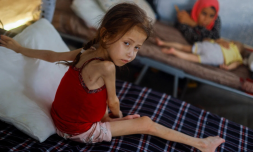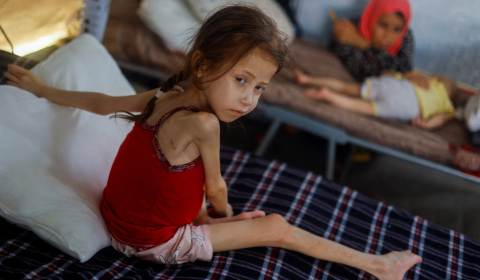The women’s health minister revealed the country’s first women’s health plan, as part of Scotland’s ambition to tackle gender inequality in the medicinal world.
Maree Todd announced the publication of a 68-page document covering issues such as menopause, sexual health, and endometriosis.
The reform sets out 66 actions for the next three years as ‘the first stage of a long-term commitment to reducing health inequalities for women.’
As part of this plan, it intends to reduce waiting times for diagnosing endometriosis from over eight years to less than 12 months, establishing a national Women’s Health Champion and offering individual care plans after a woman’s first miscarriage.
The report responds to the needs of women’s lived experiences, such as barriers to accessing appointments and information.
Research showed that only 88% of Scottish households had access to the internet, and 21% of adults in social housing do not use the service.
As a result of this, the health plan sets out to make information available in multiple formats and alternative languages.
The document pledges to establish a research fund with the aim of ‘closing gaps in scientific and medical knowledge in women’s health.’
Todd said that there was overwhelming evidence that women needed more information and support.
The Women’s Health Plan sets out how the Scottish Government will improve health outcomes and health services for all women and girls in Scotland.
Read it here
https://t.co/h7JAFcjsBk
This is why it’s needed
pic.twitter.com/jM666JJABt
— Scot Gov Health (@scotgovhealth) August 20, 2021
‘The reality is we live in a men’s world and when we look at systems of all sorts around the world we see inequality for women… we have listened to what women are telling us and we are determined to correct that’.
‘Health outcomes for women are poorer than those for men in some vitally important areas such as heart health.’
These inclusive changes were welcomed by head of the British Head Foundation, James Jopling who highlighted that coronary heart disease killed nearly three times as many women as breast cancer.
He pointed out that women with heart disease face ‘disadvantages…at every stage’.
Todd explained that women who suffer from heart attacks are described as having ‘atypical presentation’ (symptoms that do not fit the normal criteria) however this is merely reflective that ‘typical presentation’ is based on men’s symptoms.
‘Women don’t present atypically, they present like women do.’
Another aspect of the plan that was highly commended was the emphasis on creating cultural competence, in order to recognise barriers that might deter women from marginalised communities from seeking help.




















